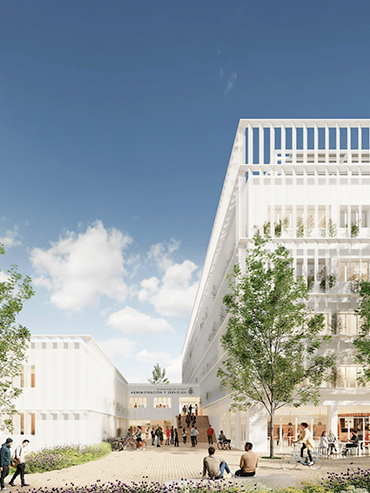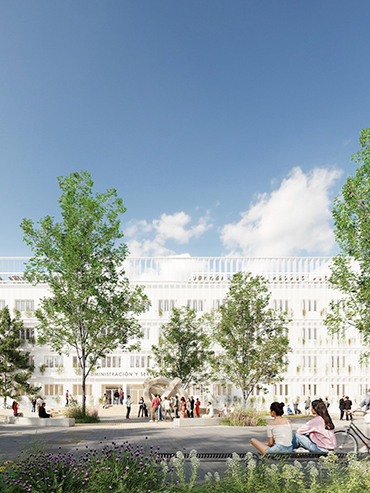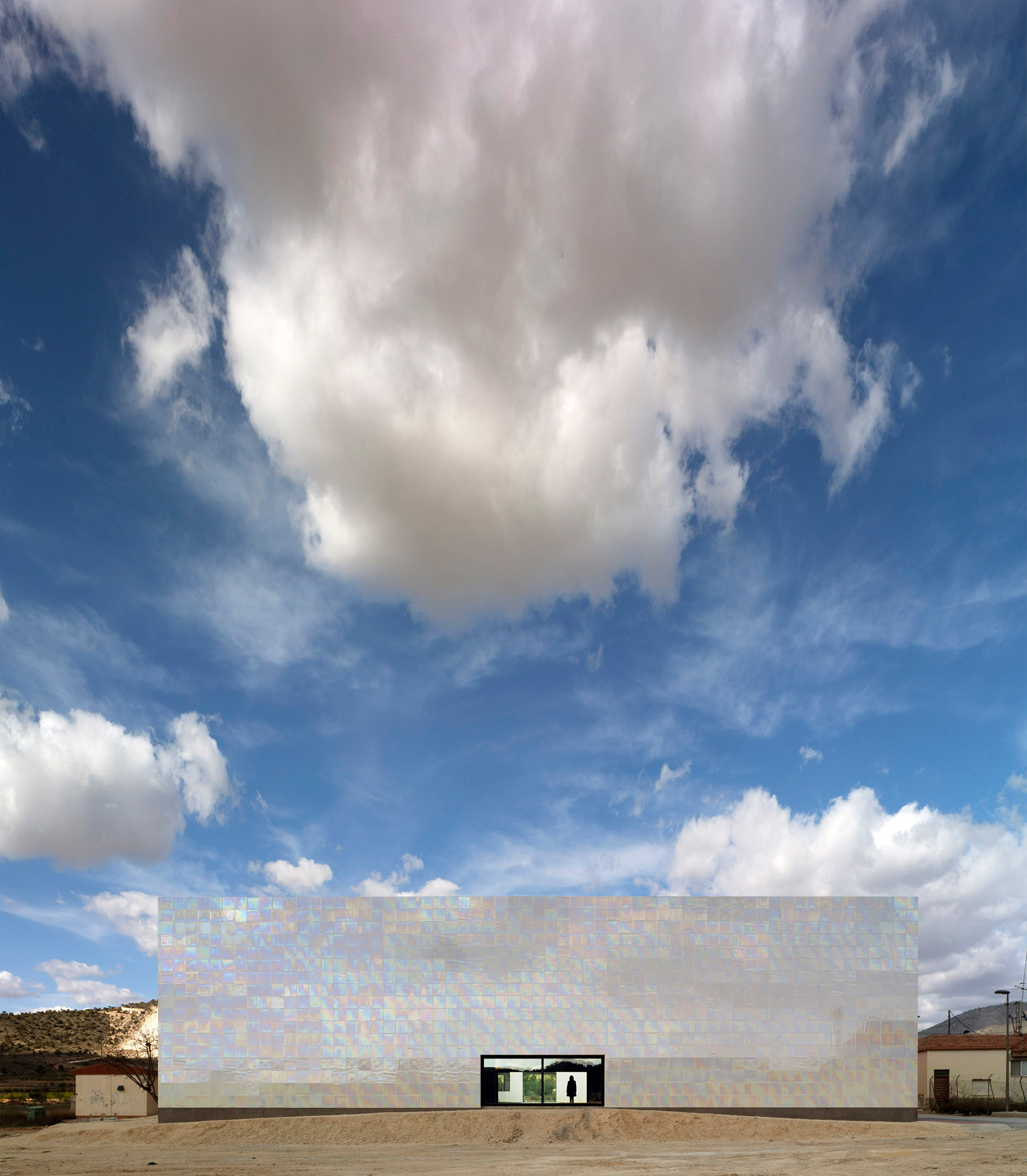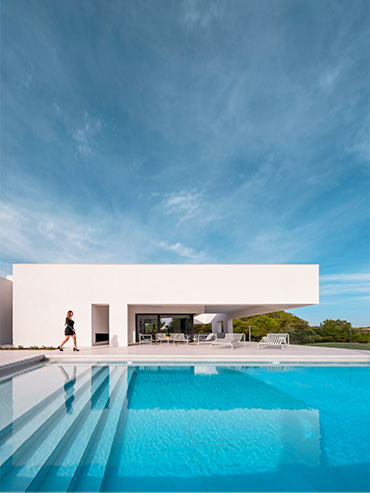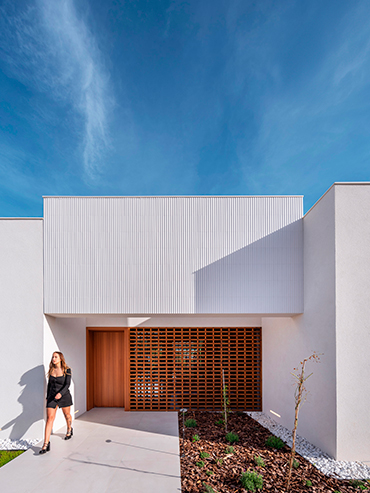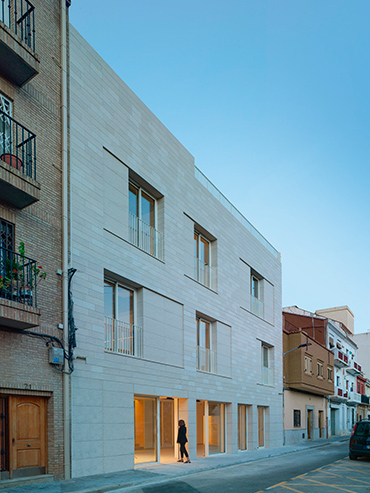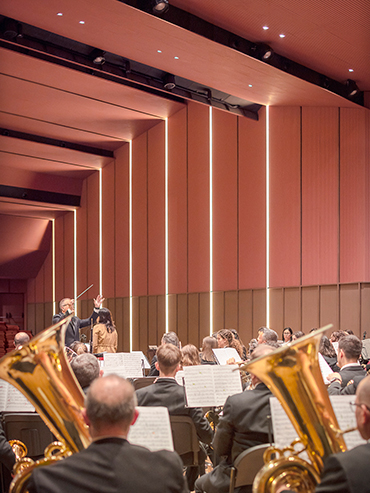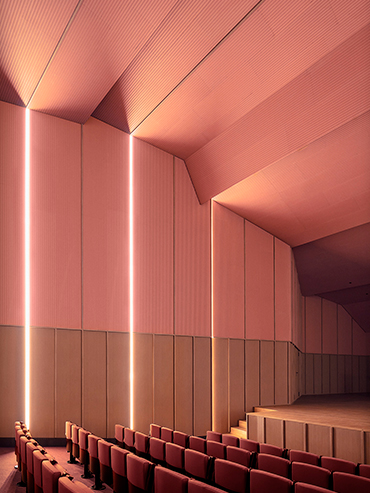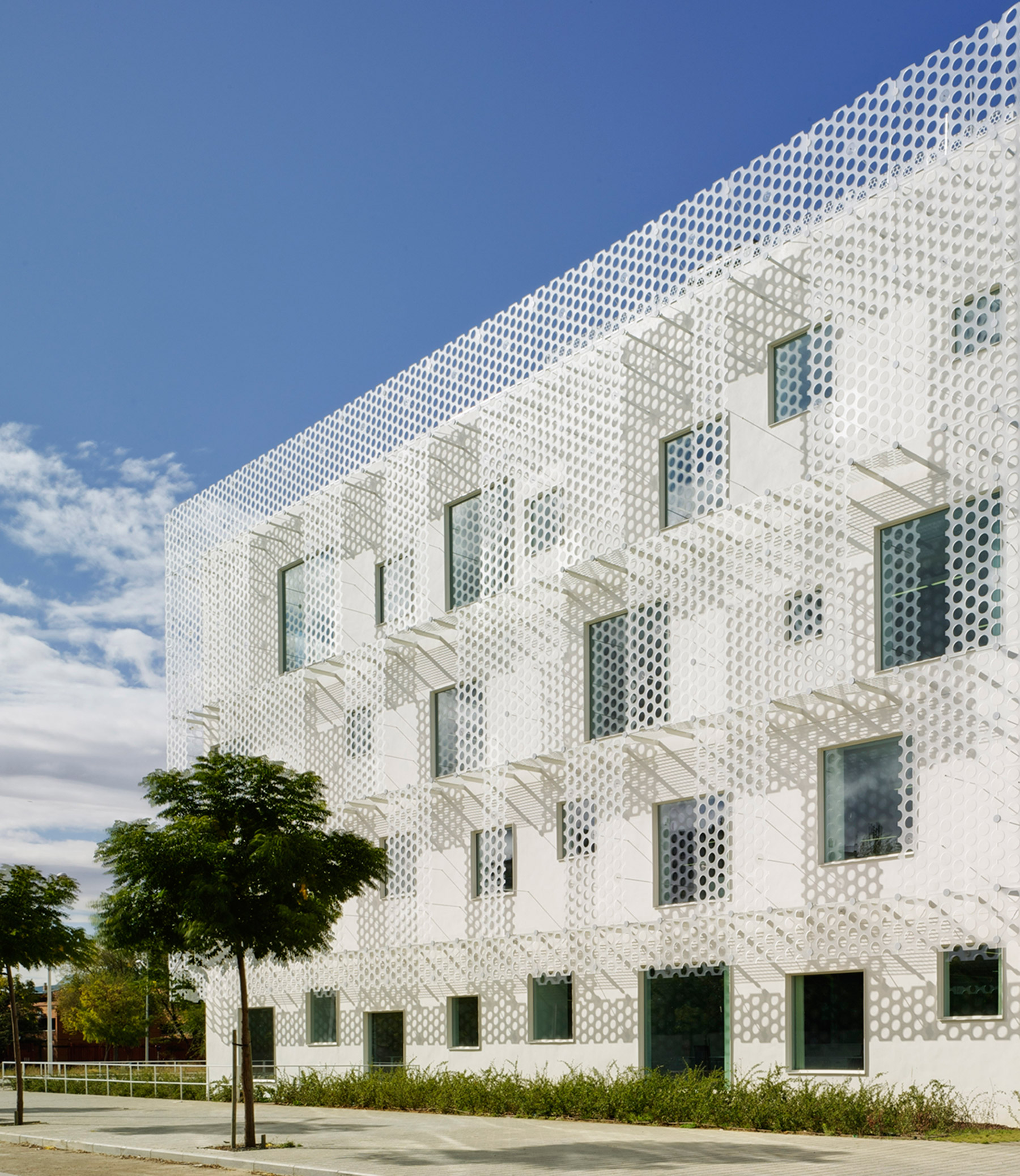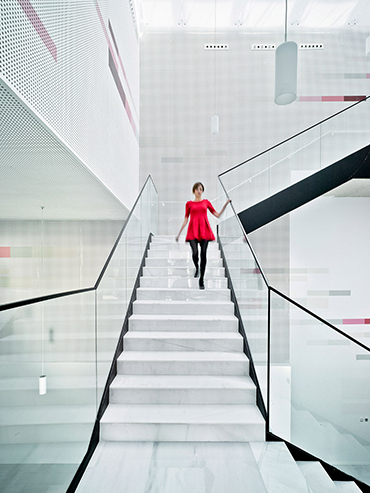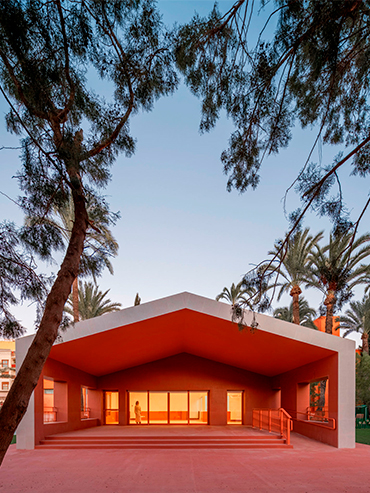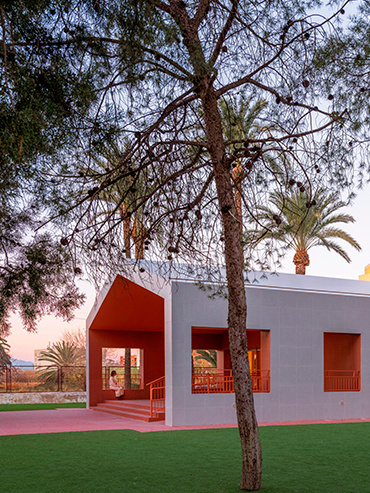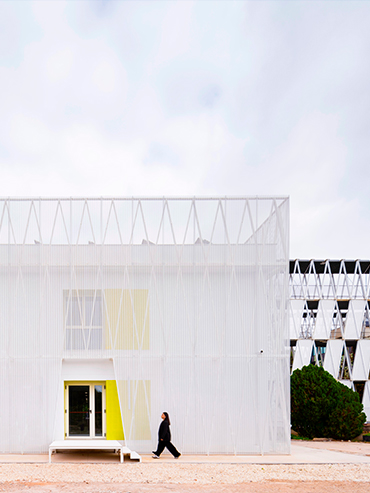La relación entre arquitectura y diseño de interiores es de especial interés ya que el trabajo en ambos ámbitos construye atmosferas únicas. Es ahí donde los espacios interiores se convierten en el escenario donde transcurre nuestra vida, espacios que amueblamos y decoramos según nuestros anhelos y necesidades. Configurando nuestra existencia y moldeando nuestra identidad.
Los espacios interiores tienen el potencial de enriquecernos y transformarnos de manera significativa de ahí la importancia de la relación con cliente. Nuestro objetivo es que los espacios sean vividos y evolucionen naturalmente con la vida de quienes los habitan, ganando valor con el tiempo.
Tenemos la reputación y la experiencia para desarrollar el diseño con rigor e integridad, ya sea para hogares u hoteles, restaurantes o escuelas, oficinas o tiendas, muebles u objetos, exposiciones y experiencias.–
The COR ARCHITECTURE + DESIGN team designs harmonious environments that inspire serenity and elevation. For us, interior spaces transcend and shape our thoughts and feelings, influencing our way of living. Arquitecto alicante
The relationship between architecture and interior design is of particular interest to us, as work in both areas constructs unique atmospheres. It is where interior spaces become the stage upon which our lives unfold, spaces we furnish and decorate according to our desires and needs, configuring our existence and shaping our identity.
Interior spaces have the potential to enrich and transform us significantly, hence the importance of the client relationship to understand their needs. Our goal is for spaces to be lived in and evolve naturally with the lives of those who inhabit them, gaining value over time.
We have the reputation and experience to develop design with rigor and integrity, whether for homes or hotels, restaurants or schools, offices or shops, furniture or objects, exhibitions, and experiences.
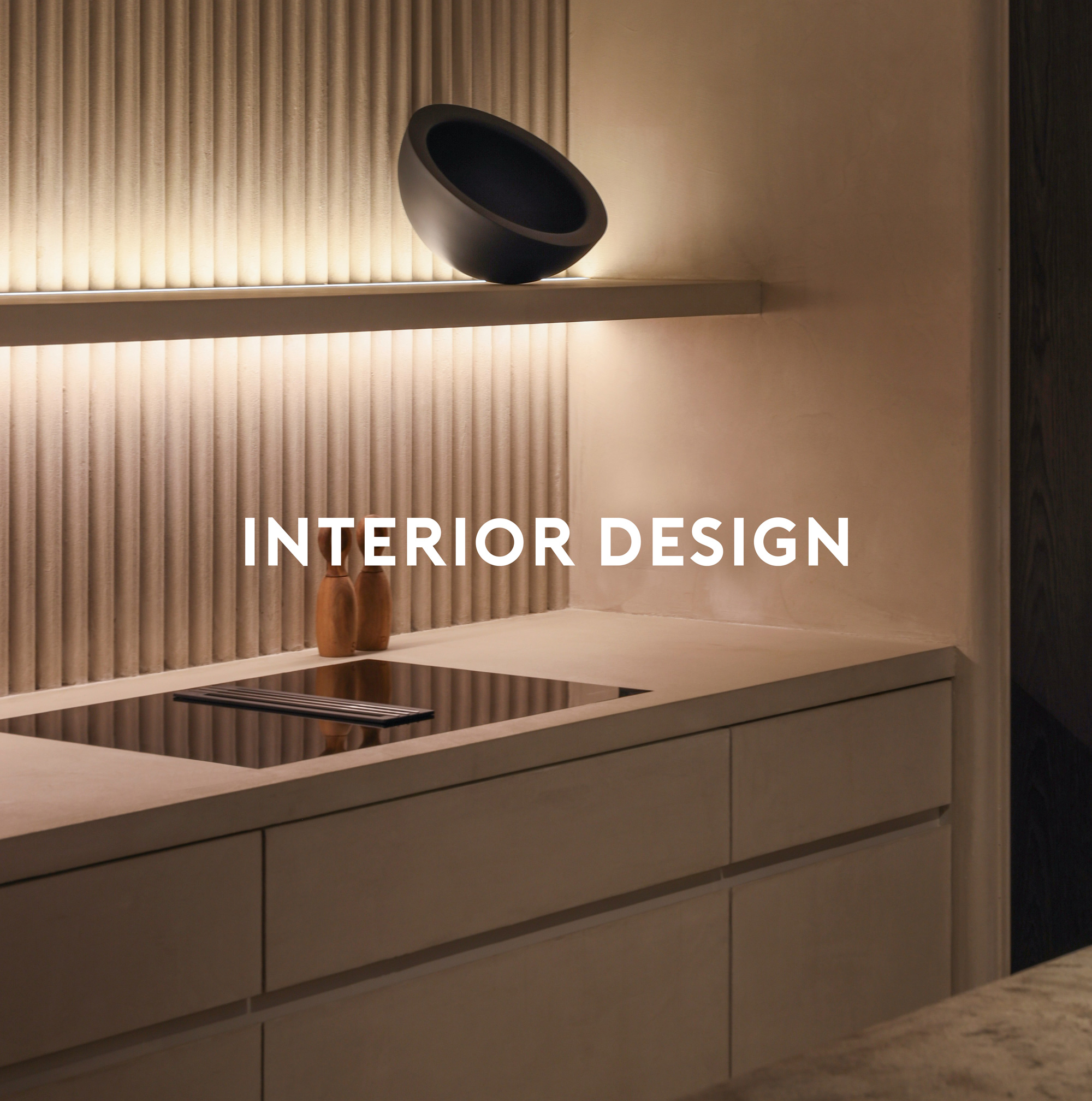
No se puede subestimar la importancia de la luz, el color, los materiales y las texturas en el diseño de interiores. Estos elementos trabajan juntos para crear atmósferas, evocar emociones y mejorar la funcionalidad dentro de un espacio.
La iluminación juega un papel crucial a la hora de crear el ambiente y el ambiente de una habitación. La luz natural puede hacer que un espacio se sienta abierto, aireado y acogedor, mientras que la iluminación artificial permite controlar la intensidad y el enfoque de la iluminación. Los accesorios de iluminación colocados correctamente pueden resaltar características arquitectónicas, obras de arte o áreas específicas dentro de una habitación, agregando profundidad e interés visual.
El color tiene un profundo impacto en la atmósfera de un espacio. Los tonos cálidos como los rojos, naranjas y amarillos pueden crear un ambiente acogedor y acogedor, mientras que los tonos fríos como los azules y verdes evocan una sensación de calma y tranquilidad. La elección de la combinación de colores también puede influir en el tamaño y la escala percibidos de una habitación: los colores más claros hacen que los espacios parezcan más grandes y los colores más oscuros añaden una sensación de intimidad.
Los materiales y texturas añaden riqueza y atractivo táctil a los espacios interiores. Ya sea la suavidad de las encimeras de mármol, la calidez de los pisos de madera o la suavidad de la tapicería lujosa, la selección de materiales puede afectar en gran medida la apariencia de una habitación. Mezclar diferentes texturas agrega profundidad y complejidad a un diseño, haciéndolo más atractivo y atractivo visualmente.
En resumen, la luz, el color, los materiales y las texturas son elementos esenciales en el diseño de interiores que funcionan armoniosamente para crear espacios hermosos, funcionales y emocionalmente resonantes. Su cuidadosa consideración e integración reflexiva pueden elevar la experiencia general de una habitación y enriquecer la vida de quienes la habitan.
.
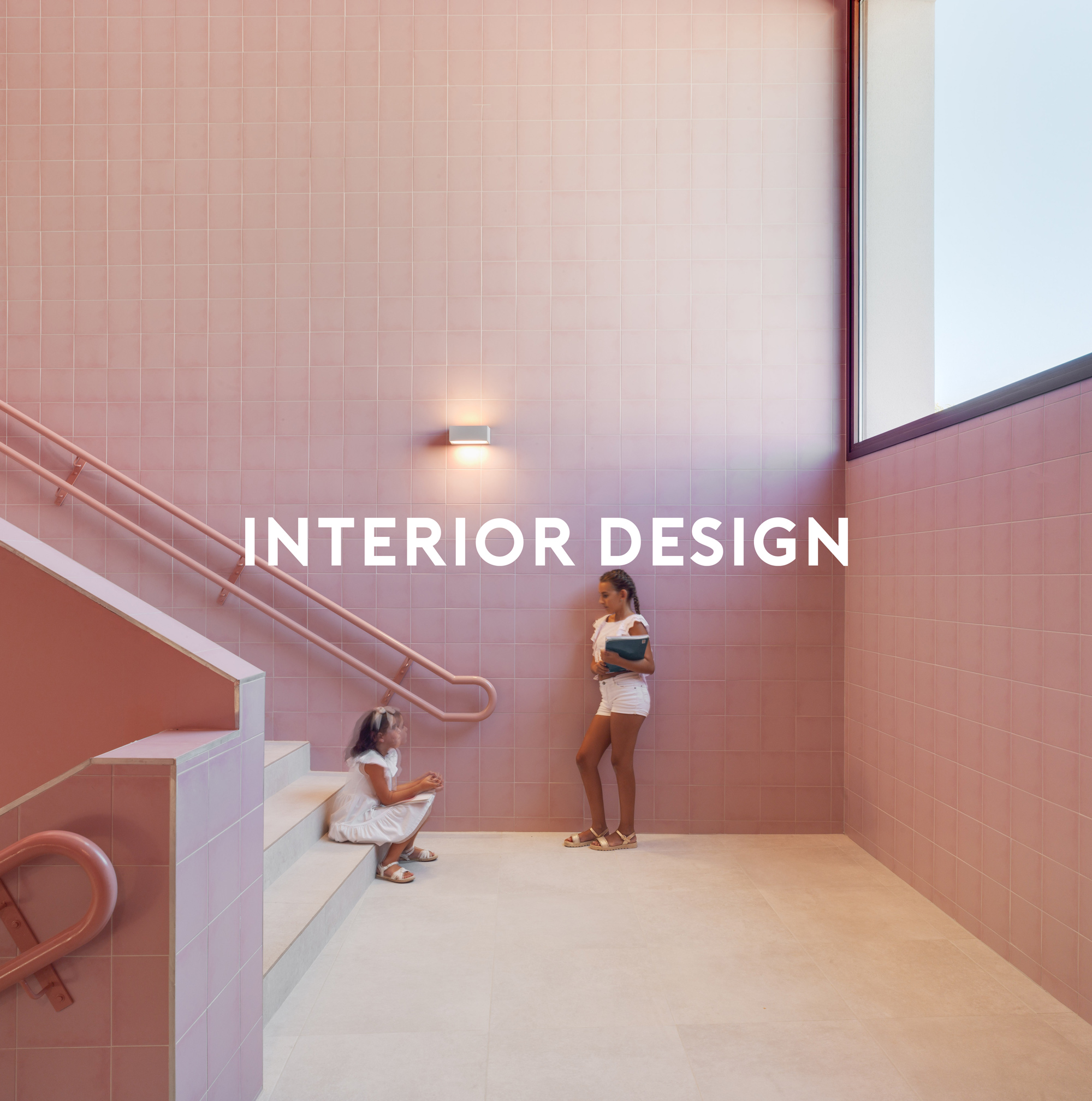
The importance of light, color, materials, and textures in interior design cannot be overstated. These elements work together to create atmospheres, evoke emotions, and enhance functionality within a space.
Lighting plays a crucial role in setting the mood and ambiance of a room. Natural light can make a space feel open, airy, and welcoming, while artificial lighting allows for control over the intensity and focus of illumination. Properly placed lighting fixtures can highlight architectural features, artwork, or specific areas within a room, adding depth and visual interest.
Color has a profound impact on the atmosphere of a space. Warm tones like reds, oranges, and yellows can create a cozy and inviting environment, while cool tones like blues and greens evoke a sense of calm and tranquility. The choice of color scheme can also influence the perceived size and scale of a room, with lighter colors making spaces feel larger and darker colors adding a sense of intimacy.
Materials and textures add richness and tactile appeal to interior spaces. Whether it’s the smoothness of marble countertops, the warmth of hardwood floors, or the softness of plush upholstery, the selection of materials can greatly affect the look and feel of a room. Mixing different textures adds depth and complexity to a design, making it more visually engaging and inviting.
In summary, light, color, materials, and textures are essential elements in interior design that work harmoniously to create beautiful, functional, and emotionally resonant spaces. Their careful consideration and thoughtful integration can elevate the overall experience of a room and enrich the lives of those who inhabit it

